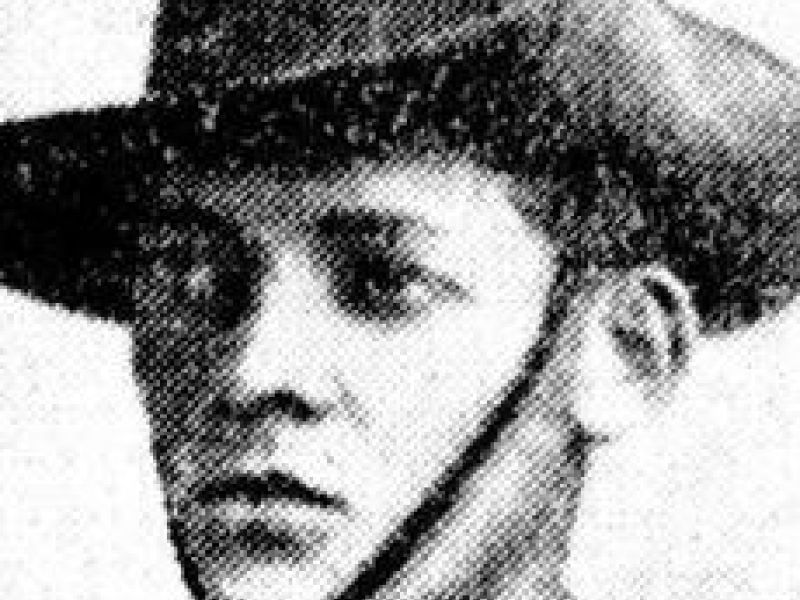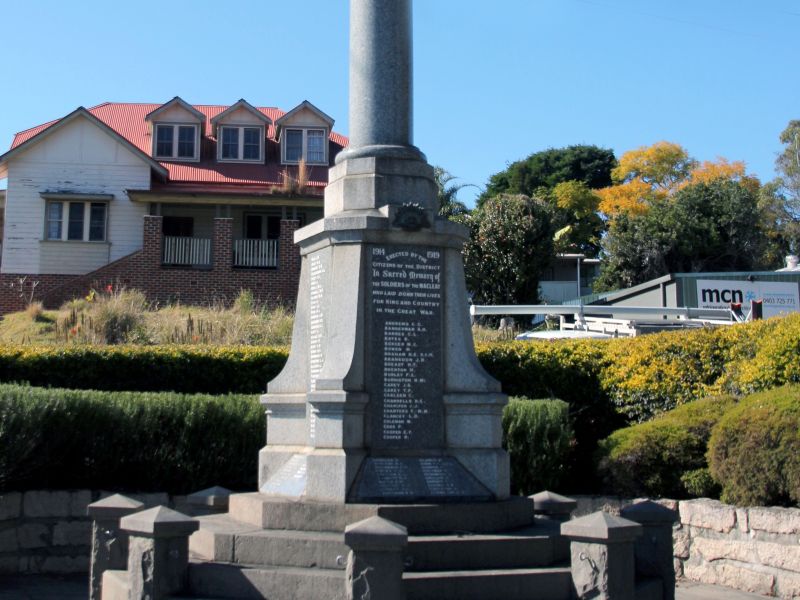Private Albert Ernest Nelson
Albert Ernest Nelson was born in 1893 in Kempsey, on the New South Wales coast, the son of William and Harriet Nelson. “Bert”, as he was known, was the ninth child of 15 siblings. After attending school locally, he became a farm labourer in the district. He was well known for his love of sport, particularly running. When war broke out in late 1914, Bert was studying for admission to the Education Department, and a number of his brothers were school teachers.
In January 1915, Nelson volunteered for service in the Australian Imperial Force. He joined reinforcements to the 1st Battalion and undertook initial training in Australia before sailing from Sydney on the transport ship Argyllshire in April 1915. Nelson had volunteered with his brother-in-law, Frederick Brown, and the two men sailed to the war on the same ship.
The 1st Battalion had landed on Gallipoli in the second and third waves on the twenty-fifth of April. In late May, Nelson and the men of the Fourth Reinforcements landed on the peninsula and joined the unit.
When Nelson arrived in the trenches, the fighting was characterised by sapping: the process of digging mines under enemy positions and filling them with explosives. Sniper fire, trench mortar, and bomb attacks were also common. As a result, life in the trenches was a nerve-wracking and dangerous experience.
British commanders were planning a major offensive for early August. Australian and New Zealand forces, including the 1st Battalion, had to capture a large plateau to draw Turkish troops away from the main attack. As the plateau was dominated by a single large pine tree, the battle that followed became known as the battle of Lone Pine.
As the sun set on the 6th of August 1915, Nelson and the men of the 1st Battalion attacked the plateau. Finding the Turkish trenches covered with logs they pushed over the front-line trenches and into the communication trenches behind them, turning around and fighting at close quarters with the defenders.
At some point in this fighting, between the 6th and 9th of August, Nelson was killed in action. He was 21 years old.
Australians killed in the battle were buried near where they fell, and after the war their graves were consolidated in Lone Pine Cemetery. Nelson’s remains were never identified, but he is believed to be one of the 500 unidentified Commonwealth soldiers buried in the cemetery.
Nelson’s brother-in-law, Private Frederick Brown, was also killed during the attack, and was also buried in Lone Pine Cemetery.
Bert Nelson’s younger brother also served in the AIF. Gunner Warrell Henry Nelson served in an Australian Medium Trench Mortar Battery and was wounded in a gas attack in September 1917. He developed severe bronchitis as a result and was discharged. He returned to Australia in January 1918.

 Australian War Memorial
Australian War Memorial